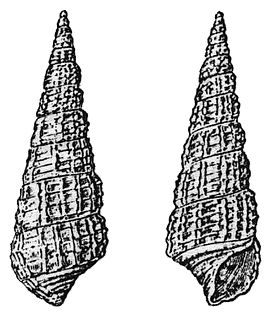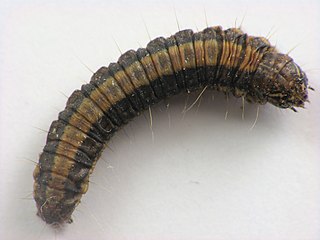
Cerithiidae, common name the cerithiids or ceriths, is a large family of medium-sized marine gastropods in the clade Sorbeoconcha.

The Epipaschiinae are a subfamily of snout moths. Almost 600 species are known today, which are found mainly in the tropics and subtropics. Some occur in temperate regions, but the subfamily is apparently completely absent from Europe, at least as native species. A few Epipaschiinae are crop pests that may occasionally become economically significant.
Cacozelia is a genus of snout moths. It was described by Augustus Radcliffe Grote in 1878 and is known from Venezuela.
Cacozelia elegans is a snout moth species in the genus Cacozelia. It is found from Venezuela to Costa Rica and Texas.
Cacozelia basiochrealis, the yellow-based cacozelia, is a species of snout moth in the genus Cacozelia. It was described by Augustus Radcliffe Grote in 1878. It is found in the southern part of the United States.
Cacozelia neotropica is a species of snout moth in the genus Cacozelia. It was described by Hans Georg Amsel in 1956 and is known from Venezuela.
Cacozelia pemphusalis is a species of snout moth in the genus Cacozelia. It was described by Herbert Druce in 1899. It is found in the southern part of the United States, including Arizona.
C. elegans most commonly refers to the model round worm Caenorhabditis elegans. It may also refer to any of the species below. They are listed, first in taxonomic order and, second, alphabetically.

